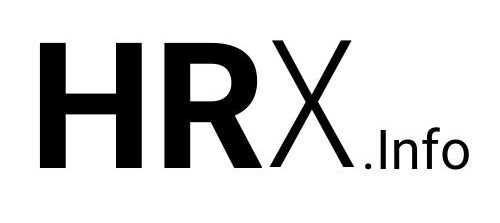According to the Inducement-Contribution Theory, employees who are free to choose their employer will maintain or increase both their participation motivation (continued organizational membership) and achievement motivation (performance-related behavior) if—and as long as—the perceived inducement utility (the total value of all material and immaterial rewards received from the organization) equals or exceeds the contribution utility (the cost of their work input or the highest possible inducement they could expect elsewhere with the same or less effort).
Put simply, employees remain with an organization only when the incentives offered are equal to or greater than the perceived value of their contributions. The contribution utility thus defines the minimum threshold of incentives required to retain employee engagement. Two key factors must be considered:
-
Utility is subjectively perceived by each individual.
-
In a competitive job market, the anticipated inducement-contribution relationship reflects how current job satisfaction compares with potential alternatives.
To stay competitive, companies must align their incentive systems with expected employee contributions—offering rewards that at least meet employee expectations and ideally surpass what competitors can offer.
Within organizations, employee contributions are transformed into various types of incentives, which then feed back to the contributors. An organization is in equilibrium when it can sustain incentive levels high enough to encourage continued contributions. The theory rests on the simplified assumption that individuals can integrate both inducements and contributions into a single utility calculation to guide their behavior.
« Back to Glossary Index





![15 Employee Offboarding Templates That Save Hours of HR Time [Free Downloads] 15 Employee Offboarding Templates That Save Hours of HR Time [Free Downloads]](https://i1.wp.com/www.hrcloud.com/hubfs/Header.png?w=150&resize=150,100&ssl=1)
